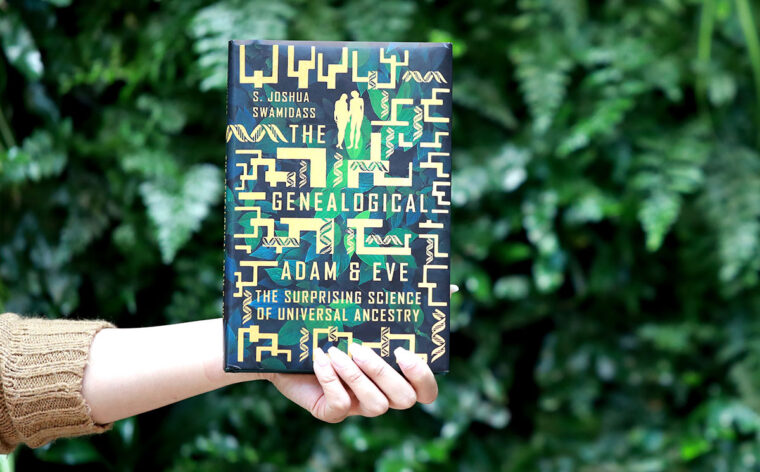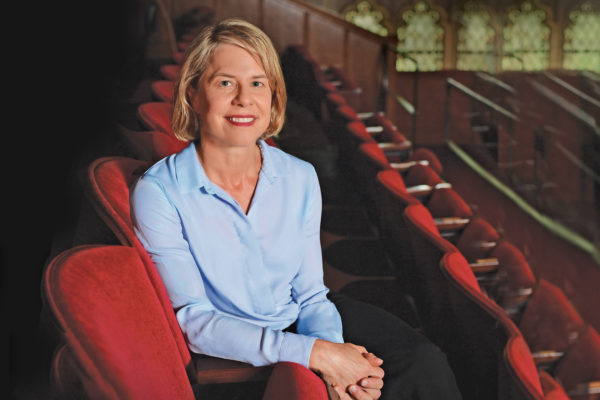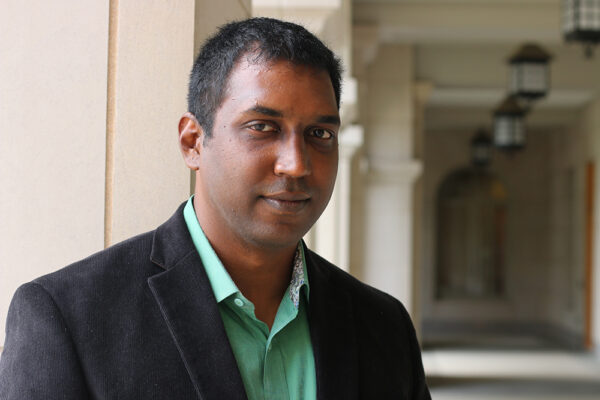This piece is excerpted from a longer article alum T. Wyatt Reynolds, AB ’17, wrote for Mere Orthodoxy.
An atheist, a Christian, and a Jew start talking about science and faith. This might seem like it is either the lead up to a joke or the beginning of a fight. Instead, it was the setting of a meeting convened by S. Joshua Swamidass, MD, associate professor of Pathology & Immunology in the School of Medicine and of Biomedical Engineering in the McKelvey School of Engineering. This meeting gathered scientists and theologians of nearly every stripe to discuss his new book, The Genealogical Adam and Eve (Intervarsity Press). Its argument: that there is no intrinsic contradiction between conventional evolutionary theory and belief in Adam and Eve as a couple specially created six thousand years ago.
The book offers an invitation to skeptics on all sides of the issue to consider either a world where evolution could be true, or a world where Adam and Eve could be real.
Most scientific research to date has focused on whether Adam and Eve could have passed on genetic material to everyone living; however, this doesn’t seem to be the type of ancestry the Bible is concerned with. Instead, the Bible is quite concerned with genealogy; extended genealogies fill eleven chapters of Genesis. Who begat whom, and what is the history of their line? This is an entirely different question, and as it turns out, one that can be explored with population genetics. While all genetic ancestors are genealogical ancestors, the inverse is not necessarily true.
So, what does this mean for Adam and Eve? Well, in 2004, a computer simulation of life on Earth was created to test and see when the most recent common ancestor for all humans was. The researchers put higher barriers than historically existed to stack the odds against there being a common ancestor in the recent past. Despite this, the results, published in Nature, found common ancestors only two or three thousand years ago.
Most of these common ancestors are genetic ghosts, meaning that though they are your ancestor, you have inherited no DNA from them. This means that universal ancestors are both surprisingly recent and surprisingly hidden. Swamidass also includes engrossing theological, historical, and philosophical tidbits sprinkled in amidst the science. The book and author are truly making room for many voices at the table of discussion.
The cover art plays a critical role here as it marries DNA strands with a reflective gold foil reminiscent of Makoto Fujimura’s paintings. The cover brings together art, theology, and science much as the book itself attempts to create a common ground between these diverse modes of seeing and making sense of the world.
Find more faculty and alumni books on Washington University’s bookshelf.



